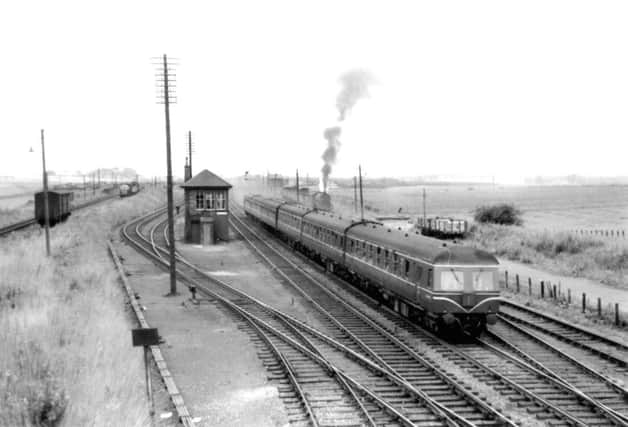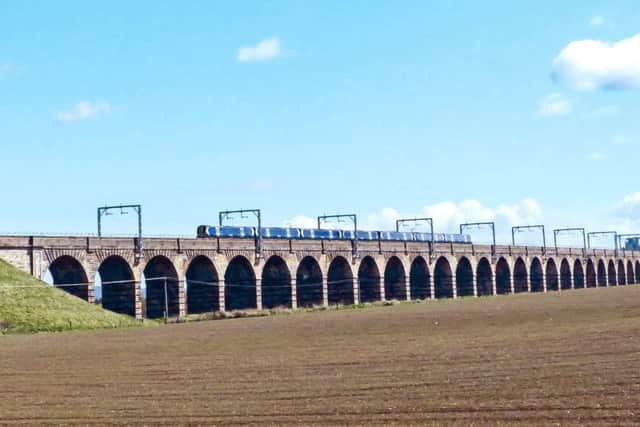Story of construction of Edinburgh-Glasgow rail line sounds familiar


A new book highlights that construction of the main Edinburgh-Glasgow rail line befell similar setbacks to its current electric upgrade 176 years later.
The country’s first major passenger railway cost £1.25m to build – more than twice the anticipated £550,000 – and opened a year late in 1842.
Advertisement
Hide AdAdvertisement
Hide AdThe £650m Edinburgh Glasgow Improvement Programme (Egip) to cut journey times with electric trains has been similarly delayed and is now expected to reach £858m.


The book, Transforming The Railways Of Central Scotland, is published as the ScotRail Alliance with Network Rail prepares to complete the Egip scheme with a full electric train service by the end of the year.
“The opening of the line was absolutely seminal. It was a most profound change – railways up to that point were seen as mineral movers,” said author Ann Glen, referring mainly to the transport of coal.
The line more than halved journey times between the cities from five hours by coach to two and a quarter hours on the fastest trains, with a top speed of 30mph.
Station clocks were the first timepieces that country-dwellers on the route would have ever seen – although the anomaly of Glasgow time being four minutes behind Edinburgh’s was not ended until five years after it opened.
The 46-mile line proved wildly successful, carrying more than one million passengers a year by 1847, three times initial estimates. It was built virtually flat thanks to a series of tunnels and viaducts.
However, Glen said the route never reached its full potential because of speed restrictions caused by subsidence from mine workings. There was also significant opposition from landowners and rival canal companies.
Concern about noise even prompted officials to suggest a steam-powered band to play music in Princes Street Gardens “to conceal the clatter of railway carriages”.
Advertisement
Hide AdAdvertisement
Hide AdGlen said Egip had been the most significant rail project since the line opened. It includes cutting journey times by ten minutes to 42 minutes and the rebuilding of Edinburgh Haymarket and Glasgow Queen Street stations.
Glen writes: “There has been nothing to compare with this programme in complexity, magnitude and scale of investment since the Scottish railways were built.”
Kevin McClelland, Network Rail route delivery director for infrastructure projects, said: “During our work to electrify the line, we’ve always been impressed by the foresight and skill of the original builders, from the ambition needed to envisage a tunnel through the steep rock slope at Queen Street to the beauty of the viaducts.”